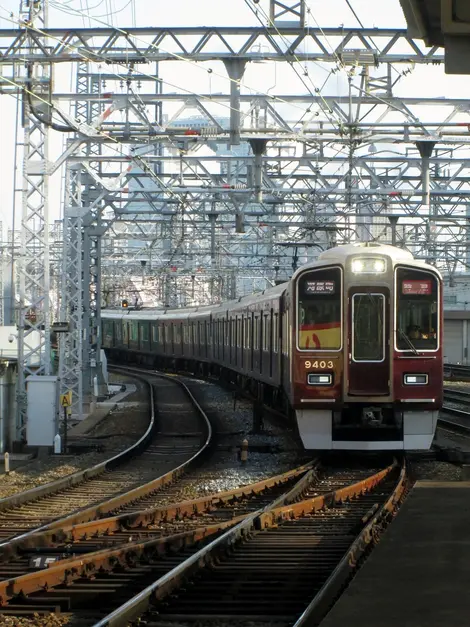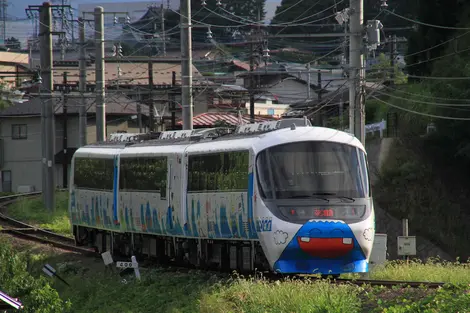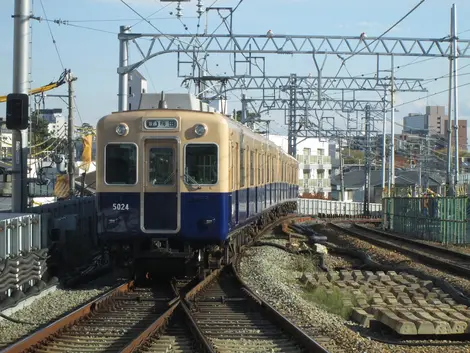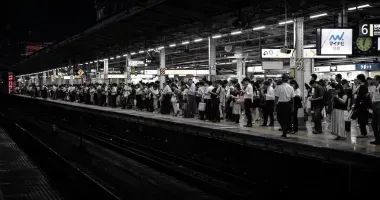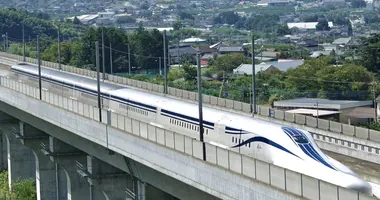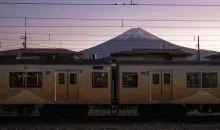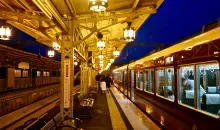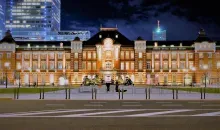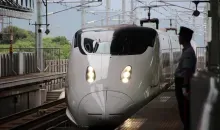Private Lines in Japan
- Published on : 28/12/2016
- by : Japan Experience
- Youtube
A few popular places do not have any JR lines
The Japan Railways and a Japan Rail Pass will take you all over Japan but you may also come accross "private lines" or railways that are not owned by the Japan Railways Company. Most large cities and their surrounding areas have very big private railway companies. These lines often intersect with the JR, but also provide service to areas to which the JR has not yet have access to.
Regional lines
Kanto Private Lines
The Tokyo metropolis area and its vast surrounding suburbs are covered by a complex system of JR lines, subway lines, and private railway companies. Examples of some of the biggest private lines include: the Seibu Railways connects inner Tokyo with Saitama Prefecture, while the Tobu Railway will take you anywhere from Tokyo Skytree and Nikko to Chiba and Gunma Prefectures.
The Keikyu and Odakyu Railways connect Yokohama and Kanagawa Prefecture with Tokyo.
Chubu Private Lines
Nagoya is covered by an extensive subway network, but its other main rail system is the Meitetsu Railways. This railway connect Nagoya Station to Chubu International Airport, and provides services to many other places of interest in Aichi Prefecture. The Kintetsu Railway also connects Nagoya with Ise.
Kansai Area Private Lines
Because the Kansai Region has many large cities and other well-known areas all in close proximity, many private lines keep these cities interconnected. The Kintetsu Railway stretches from Nagoya to Ise, to Wakayama and Nara, to Kyoto and all over Osaka. The Keihan Railway is an alternative route between Kyoto and Osaka, which also stops at Fushimi Inari and Uji in southern Kyoto. Osaka/Umeda and Kobe are connected by the Hanshin Railway (the local baseball team also takes their name from this company), as well as the Hankyu Railway, which also includes Kyoto and its south-western suburbs.
Learn more about the new Kyotrain between Osaka and Kyoto : click here.
Private lines only
Most destinations on your trip through Japan will be covered by the JR and your Japan Rail Pass. There are, however, a few popular places that do not have any JR lines.
1. Hakone
The Hakone Tozan Railway runs all trains throughout Hakone, including ropeway and funiculars that climb the mountainous terrain. To reach Hakone from Tokyo, you will need to transfer from the JR at Odawara Station, located in Kanagawa Prefecture. Your JR Pass covers a shinkansen ride from Tokyo to Odawara ! Starting from Odawara, with the Hakone Freepass, you can ride on 8 different types of transport in the area. Also note that Hakone is accessible from other major cities using the Shinkansen bullet train.
2. Mount Fuji
Mount Fuji and its surrounding area, including Lake Kawaguchi and the Fuji-Q Highland amusement park, are only accessible by rail via the Fuji Kyuko, or ‘Fujikyu’ company. From Tokyo, you can use your JR Pass to Otsuki Station on the Chuo Line, then transfer to the Fujikyu from there.
3. Kurobe Gorge
If you are visiting Kurobe Gorge in Toyama Prefecture, there are several private lines that you may need to take including the Toyama Chiho Railway, as well as the Kurobe Gorge Railway for sightseeing.
4. Eiheiji Temple
Eiheiji Temple in Fukui Prefecture can be accessed from Fukui Station by the Echizen Railway line, then a quick bus ride. You might also consider taking a bus from the station, although this is also a private line.
5. Mount Koya (Koya-san)
The Nankai Railways are the only company with ropeway service up the mountain, but runs from Namba Station in the middle of Osaka.
6. Izumo Shrine
The Ichibata Railways provides train access to Izumo Shrine from the main JR Station, Izumoshi. It is about a twenty minute ride to the end of the Ichibata’s rail line to get to the Shrine.




